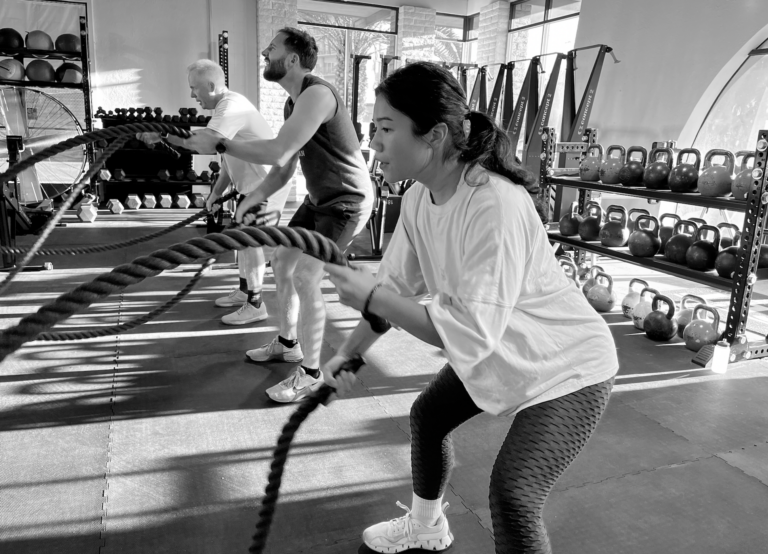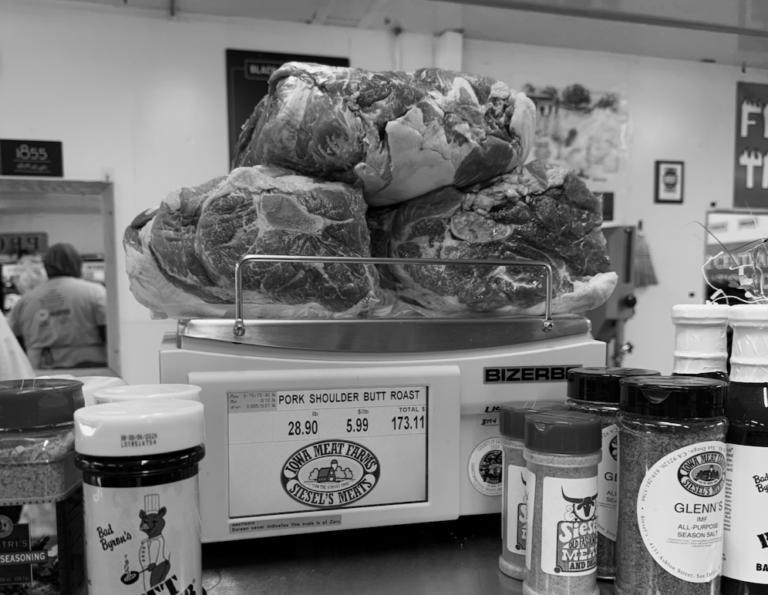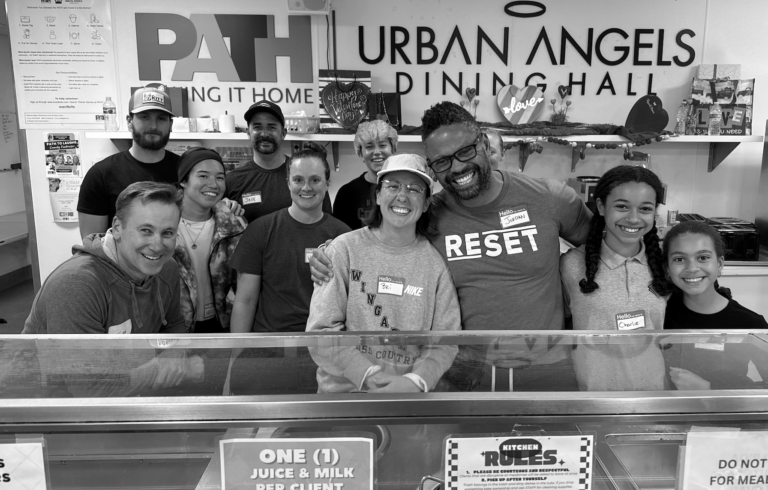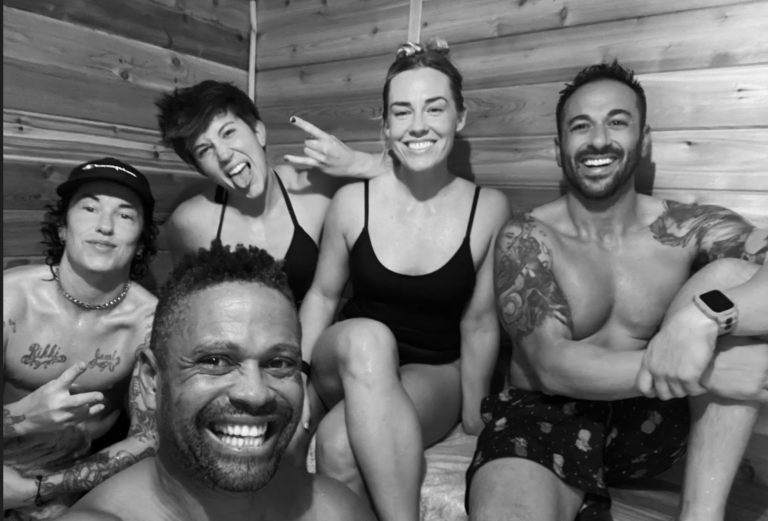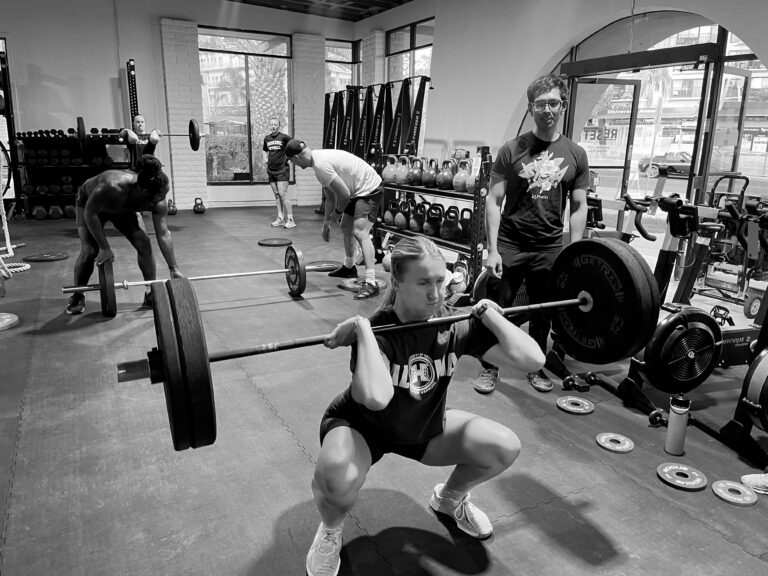Pliability and the Art of Moving Well: How Reset Prioritizes Better Mobility at Every Age
Imagine reaching down to tie your shoes without a grimace or wincing as you stand up from a chair. Think about the confidence of stepping onto an uneven curb without feeling unsteady, or the freedom to keep doing what you love—whether that’s hiking, dancing, or just playing with grandkids—well into your later years. These “little” things might not always feel like the pinnacle of fitness, yet they’re critical measures of how well we move. At RESET, we believe that building pliability—achieving a supple, flexible body that can bend, stretch, and recover—is essential for long-term health.
The necessity of movement quality spans every stage of life, from the days when we’re hitting our “prime” physically to the decades that follow. As we age, mobility can become an even bigger factor than raw strength or endurance. Remember those commercials featuring someone who’s fallen and can’t get up? We see them as cautionary tales—reminding us of how crucial it is to maintain a functional range of motion. But pliability isn’t just about dodging the worst-case scenario; it’s about thriving in daily life. In this blog post, we’ll dive into why pliability matters, how our approach at RESET supports it, and the strategies—like yin yoga—that make “moving well” a daily practice, not a luxury.
The Pliability Concept: More Than Just Stretching
Many people equate pliability with plain old stretching, but there’s more depth to it. Pliability is about keeping your muscles, tendons, and joints capable of moving smoothly and efficiently through their full range of motion. Kelly Starrett, a physical therapist renowned for his work on mobility, often emphasizes that optimal movement isn’t just for high-level athletes—it’s for anyone looking to minimize pain and perform daily tasks without struggle. He’s said, “If you can’t move well, you’re leaking power and leaving potential untapped.”
Fitness legend Jack Lalanne was preaching this decades ago. He famously said that flexibility is the secret sauce to long-lasting vitality—an insight further elaborated by modern sports scientists. Recent studies in the Journal of Strength and Conditioning Research (2020) demonstrated a direct relationship between consistent mobility work and reduced injury rates in older adults. The takeaway? A mobile body is a more resilient body.
Why Movement Quality Matters
- Injury Prevention: The more pliable you are, the less likely you’ll experience tweaks, strains, or tears when performing physical tasks. This includes both intense workouts and mundane activities like picking up groceries.
- Enhancing Strength: Ever tried squatting below parallel but felt “stuck”? A restricted range of motion can hamper overall strength gains. Improve mobility and your muscles can operate more efficiently, leading to better results—be it weight loss, muscle growth, or athletic performance.
- Longevity: Research from the American Journal of Physiology (2019) suggests that maintaining a wide range of motion in joints correlates with sustained physical independence as we age. Think about being 80 and still able to bend down without assistance. That’s the gift of mobility.
- Everyday Ease: Tying shoes, climbing stairs, or even gardening become less of a chore. This everyday functionality ties directly into the feeling of freedom that we all crave.
Mindful Yin Yoga: RESET’s Secret Weapon
At RESET, we offer a yin yoga class specifically designed to address the deeper connective tissues—like fascia and ligaments—in a slow, purposeful manner. Unlike more dynamic forms of yoga, yin yoga involves holding poses for extended periods, allowing gravity and time to gently coax your tissues into more pliable states.
The Science Behind Yin Yoga
While “yin” might sound esoteric, the physiological benefits are quite tangible. A 2017 review in the International Journal of Yoga Therapy found that consistent yin practice improved joint flexibility, reduced stress markers, and fostered better body awareness. During the longer holds of yin, your muscles relax, and attention shifts toward deeper tissues that standard stretching often ignores.
Bernie Clark, a well-known yin yoga teacher, once said, “Yin yoga is not so much about doing as it is about letting go.” That’s crucial if your primary workouts are intense or high-impact, like a CrossFit class or heavy strength training. Letting go in a yin session can accelerate recovery by supporting circulation in tight or overworked areas.
Mental Benefits
Mobility training shouldn’t just address the body; the mind also needs decompression. The meditative aspect of yin yoga counters the adrenaline-fueled atmosphere of high-intensity workouts. Learning to sit with discomfort—physically and mentally—cultivates patience and resilience, qualities that reinforce every other aspect of your fitness.
Warming Up Intentionally: Movement Prep as a Habit
How often have you or someone you know skipped a proper warm-up, rushing straight to the workout? We get it—time is precious. But a good warm-up sets the stage for safe, effective movements. Gray Cook, a functional movement expert, puts it this way: “You can’t train something that doesn’t move well.” A thorough warm-up is your chance to identify any stiffness, address it, and ensure you’re ready for the main event.
At RESET, our classes begin with movement prep tailored to the day’s workout. If we’re focusing on squats, you’ll see hip-opening drills, ankle mobility exercises, and core activation routines. Why? Because if your joints aren’t ready to move through the ranges you’re about to demand from them, you’re courting injury and compromising performance.
The Connection to Age
As we get older, maintaining or even improving range of motion can feel like an uphill battle. Yet, that’s precisely why pre-workout mobility drills become more essential. Tom Brady—love or hate him—famously credits pliability work for his extended athletic career. His approach focuses on targeted flexibility and functional strength to keep the body resilient. If a pro quarterback in his 40s invests that much in movement quality, it stands to reason we everyday athletes should, too.
Keeping the Twinkle in Our Eye as We Age
We’ve all seen those commercials: an older individual falls and can’t get up. It’s a stark reminder of how losing functional movement can turn small mishaps into life-altering events. The best way to prevent that scenario might be to cultivate a body that moves without hesitation, even under duress. In the gym, we replicate daily motions—picking objects off the floor, lifting things overhead, stepping onto platforms—so when life demands it, we can respond with confidence.
Move well now, so you can keep moving well later. A 2021 study published in the Journal of Geriatric Physical Therapy found a strong link between flexibility, balance, and decreased fall risk in older adults. No one wants to face the indignity or danger of being immobilized by a simple fall.
Real-Life Scenarios
- Tying Shoes: A movement as humble as bending over to tie shoes can become a challenge if your hamstrings or lower back are perpetually tight. Maintaining hip and trunk flexibility ensures this everyday motion isn’t an ordeal.
- Picking Up a Grandchild: A strong back and open hips make it easier to scoop up that squirming bundle of joy without pulling a muscle.
- Sporting Adventures: Want to try kayaking at 70 or keep skiing into your golden years? Don’t think you can just “pop” back into those sports if you’ve neglected flexibility and mobility for decades.
Connecting Mobility to Other RESET Pillars
At RESET, we champion several pillars that holistically address fitness and wellness:
- Mindset: Approach mobility as an evolving practice, not a chore. Adopting a growth mindset encourages consistent exploration and improvement.
- Recovery: Your nervous system and tissues need structured downtime. Recovery days that include yin yoga or gentle stretching can speed muscle repair and reduce stress.
- Community: Group classes and communal check-ins build accountability. It’s easier to commit to a mobility session when friends are doing it, too.
- Longevity: Mobility serves as a cornerstone of aging gracefully. Being able to navigate life’s daily tasks with ease is the definition of aging “well.”
Experts Speak: Movement as a Lifetime Practice
Angela Duckworth, known for her work on grit, has repeatedly emphasized that mastery in any domain requires perseverance and a willingness to refine fundamentals. In fitness, that includes mobility. You can be as gritty as they come—pushing through tough workouts and chasing PRs—but if you neglect your range of motion, you could be sabotaging long-term progress.
Annie Miller, a strength coach with a big social media following, advocates for viewing mobility as a skill, stating, “Mobility isn’t something you have or don’t have; it’s something you practice, like any lift.” By reframing it this way, you turn foam rolling, dynamic stretches, and yin poses into a chance to hone technique.
And, of course, we can’t overlook the perspective of Michael Easter, author of The Comfort Crisis, who encourages stepping outside comfort zones for greater resilience. Embracing a daily mobility routine might seem mundane, but it’s the foundation that allows you to tackle bigger “comfort crises” down the road—like an all-day hike or a random weekend 5K.
Practical Tips: Building Pliability into Your Routine
- Regular Yin Sessions: Make time for a slower-paced flexibility class at least once a week. Even 30 minutes of yin-style holds can unravel deep-set tension.
- Targeted Mobility Work: If you know your ankles or hips are a perpetual weak link, dedicate extra minutes daily to those joints. Consistency yields results.
- Warm Up, Seriously: Stop rushing your warm-ups. Spend 5–10 minutes with purposeful movements that address common tight spots—calves, hips, thoracic spine—especially if you’re heading into a loaded workout.
- Use Tools Wisely: Foam rollers, lacrosse balls, yoga blocks, and resistance bands can accelerate progress. Just make sure you learn proper techniques to avoid overdoing it or irritating tissues.
- Listen to Feedback: If a certain stretch sends sharp pain signals, ease off. Mobility gains often come from gentle coaxing, not brute forcing your way into a deeper pose.
- Integrate Movement Into Daily Life: From taking the stairs to performing a few squats at your desk, micro-movements throughout the day keep your tissues from stiffening up.
The RESET Approach: Why We Emphasize Movement Quality
We’re proud when members call us the “best gym in San Diego,” but we also want to be known for something else: longevity. Our classes might blend high-intensity with skill-based sessions, but we ensure that pliability isn’t an afterthought. We incorporate dynamic warm-ups, suggest modifications based on each individual’s range of motion, and encourage consistent yin yoga attendance.
Hillcrest Roots, Worldly Vision
Located near Hillcrest, we serve a bustling neighborhood that’s as diverse as it is active. Our vision goes beyond local borders: we aim to instill in anyone walking through our doors a commitment to move well. Our methodology includes everything from CrossFit-inspired circuits to specialized weight loss protocols, but each thrives on a mobility-first perspective. Remember, even the best diet in the world won’t help if you’re sidelined by repeated injuries.
A Culture of Lifelong Learning
Fitness isn’t static, nor is pliability. As your body evolves, so do its mobility needs. That’s why our coaches continually learn, staying current with new mobility research and techniques. We pass this knowledge along to you. Have a question about stiff ankles or a balky shoulder? Let’s troubleshoot. The goal is to turn each challenge into an opportunity for deeper understanding.
Age Is Just a Number, Mobility Is an Ally
For those in their 20s, exploring pliability now sets a strong foundation for the decades ahead. If you’re in your 40s or 50s and starting to see limitations crop up, it’s never too late. Our bodies remain remarkably adaptable when given consistent, focused practice. Over time, you might even surpass your younger self’s capacity if you embrace the discipline of mobility.
And for our older community members, focusing on pliability can mean the difference between independence and reliance on others for daily tasks. That’s a powerful motivator, especially when you consider how intangible “healthy aging” might seem—until you’re the one fumbling for a handrail.
Final Thoughts: Invest in Pliability, Invest in Life
Moving well isn’t a fleeting trend or a “nice-to-have”; it’s a fundamental human need. Each time you step onto a yoga mat, ease into a deep squat, or hold a stretch in yin class, you’re investing in a future where you can still do what you love without wincing in pain.
Pliability isn’t about performing circus-level contortions; it’s about forging a supple, responsive body that stands resilient against the wear and tear of time. At RESET, we champion this philosophy not because it sounds good in a blog post, but because we see its benefits daily. Members who once struggled to tie their shoes now tackle workouts with vigor, bridging the gap between “I can’t” and “I can.”
So, the next time you catch yourself skipping a warm-up or rushing through a stretch, remember how crucial these small, intentional acts are for safeguarding your future. In the end, mobility is freedom—freedom to move through life with ease, freedom to say yes to spontaneous activities, and freedom to enjoy every chapter of your journey, no matter your age.
References
- Starrett, K. (2013). Becoming a Supple Leopard.
- Journal of Strength and Conditioning Research (2020) on mobility and injury rates in older adults.
- American Journal of Physiology (2019) on joint range of motion and independence.
- International Journal of Yoga Therapy (2017) on yin yoga benefits.
- Journal of Geriatric Physical Therapy (2021) on flexibility, balance, and fall risk.
- Dweck, C. (2006). Mindset: The New Psychology of Success.
- Brady, T. & Peterson, A. (2017). The TB12 Method.
- Brown, B. (2015). Rising Strong.
- Easter, M. (2021). The Comfort Crisis.
- Cook, G. (2010). Movement: Functional Movement Systems.


